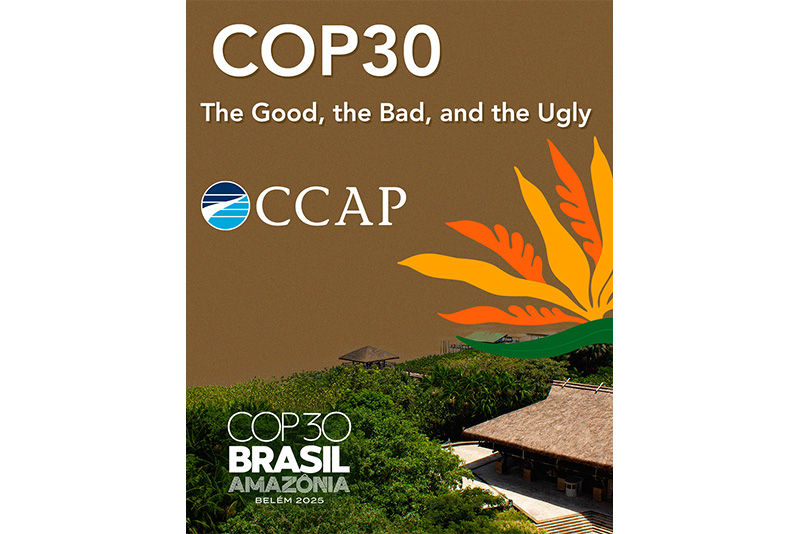How China Plans to Cut Carbon Pollution through Market-Based Measures
- Erica Jue
- Jul 14, 2013
- 3 min read
China just launched the world’s second largest carbon emissions trading program – collectively, seven emissions trading pilots are expected to cover 700 million tons of CO2-equivalent by 2014. Shenzhen, a major city in the southern province of Guangdong, was the first of the seven emissions trading pilots to begin trading on June 17, 2013 covering 600 industrial enterprises that account for 40 percent of total emissions in Shenzhen. The program is projected to cut carbon emissions per unit of GDP by 21 percent by 2015, compared to 2010 output. This will exceed China’s national goal of reducing carbon emissions per unit of GDP by 17 percent, according to China’s 12th Five Year Plan.
Following this, Hubei, Beijing, Shanghai, Guangdong, Tianjin, and Chongqing are scheduled to launch their respective emissions trading pilots. Each of the emissions trading scheme (ETS) pilots are designed and implemented by the respective regional provincial or municipal development reform commission, with the exception of Guangdong’s which is being led by the Guangzhou Environmental and Energy Institute.
Urbanization in Hubei – solar panels atop roofs

Provincial Leadership
The experience gained from the pilots, although in their initial stages, will be instrumental to informing China’s national ETS strategy. The pilot ETS regions vary by GDP, sectoral emphasis, population and carbon intensity amongst other characteristics. This phase is an opportunity for governments to trial the market mechanism, determine underlying costs of mitigation abatement, uncover the inefficiencies in energy consumption, and the gains to participating in an ETS – all of which will be advantageous for long-term low carbon development planning and can produce a uniform system to monitor, report and verify emissions.
National Climate Change Planning
This is a clear sign that China is pursuing multiple paths to emission reductions. The pilots will uncover how a market-based mechanism will compare with other mitigation options, such as a carbon tax, renewable portfolio standard, and technology upgrades. During this phase, it will be critical to determine what positive outcomes can come of an ETS program based on provincial circumstances and what lessons can be passed on to inform the national plan. Overall, China is serious about mandating measures to achieve mitigation goals, and from this other countries can see how a country can achieve these goals in line with national climate targets.

CCAP’s work on the Hubei’s Emissions Trading Pilot
The involvement of enterprises is imperative to the success of each of the ETS pilots. In Hubei, the emissions trading program will cover 153 enterprises. The principal actors in the Hubei ETS will be the energy intensive industrial sectors (cement, glass, chemicals, power, steel and aluminum). Hubei’s ETS is designed to cover 39 percent of emissions in the province, and include half of the enterprises in the industry sector.
Next week, CCAP will be in China to co-host its first technical workshop from July 23-24 in Wuhan, Hubei’s capital city. The workshop will bring together all the companies regulated under the Hubei ETS, and EU enterprise experts from CEMEX, Shell, and Alstom. During this workshop, participants will discuss the compliance requirements for enterprises under the ETS program, explore the challenges to emissions mitigation for enterprises, and learn about the economic benefits and advantages of an ETS program through EU ETS industry experience.
Together with the Hubei Provincial Development Reform Commission and Wuhan University, CCAP is providing technical assistance on the design and implementation of the Hubei ETS pilot. This workshop is the first of two planned training sessions in Hubei.
For more information on CCAP’s work on the Hubei ETS and China, see here.




Comments